Stuart Forster heads to Germany to experience the Munich Christmas market known locally as the
Disclosure: Some of the links below and banners are affiliate links, meaning, at no additional cost to you, I will earn a commission if you click through and make a purchase.
A heady aroma of cinnamon, blended spices and booze wafts through the crisp winter air at the Christmas markets of Munich in southern Germany.
The nights grow longer as mid-winter approaches. Munich residents meet at the Advent markets to socialise over post-work mugs of Glühwein (mulled wine). The Christmas markets in Munich are by no means held only to attract visitors to the city.
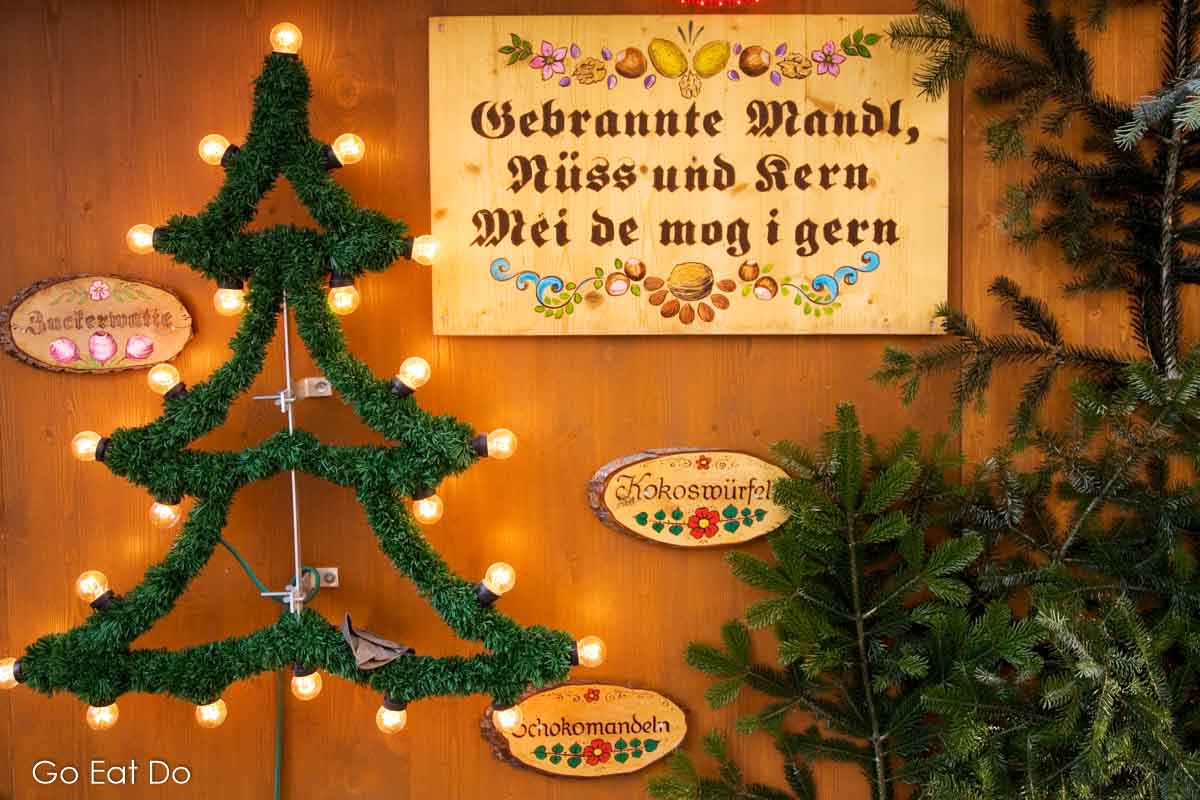
Munich Christmas market
Some nibble from cone-shaped packs of warm nuts that have been roasted in sugar and a blend of spices. Others share sweets such as Pfeffernuess or Magenbrot, varieties of spiced gingerbread traditionally associated with the season.
The cinnamon-led scent drifts away, replaced by the delicious, hunger-inducing aroma of sausages grilling.
I stamp my feet against the cold and look around at the relaxed, smiling faces of the market’s visitors. Noticing the plumes of condensation spiralling from their mugs of mulled wine, I decide to order one for myself. I order one ‘mit Schuss’, that’s with a dash of rum, before setting off on a tour of the city’s seasonal markets.
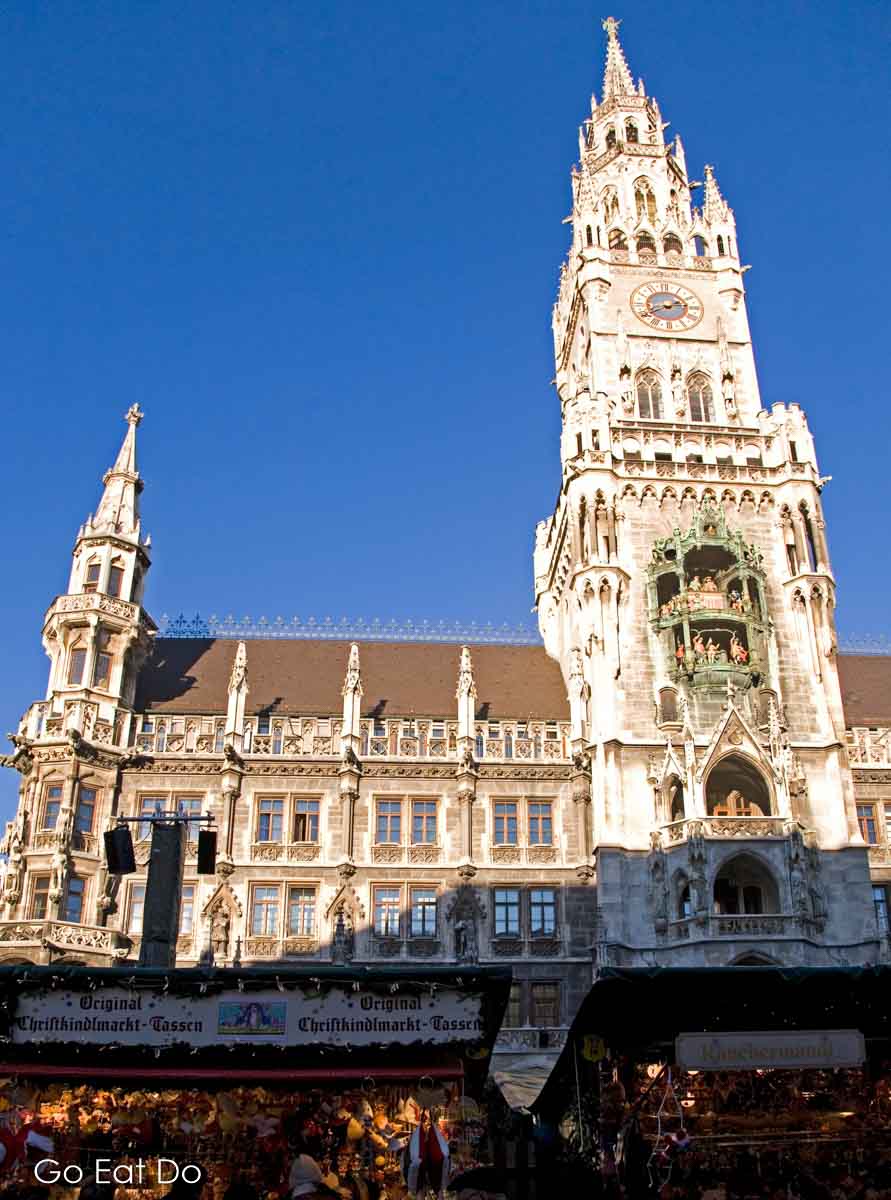
Christmas markets in Germany
Some people see Germany’s advent markets as the ideal solution to their Christmas shopping needs. They visit seeking opportunities to buy hand-crafted gifts and souvenirs. I view them as an opportunity to enjoy seasonal gastronomic treats.
Rather than sitting down to a single hearty meal, I enjoy mooching around the stalls and browsing for snacks. Walking between the stalls means that I’m burning off the calories I take on, right? Maybe not, but wishful thinking is all part of the season.
I pick up a bag of roasted chestnuts from a stall crowned by a sign saying ‘Maroni’, the German name for the delicacy. Then I tuck into Reiberdatschi, a type of potato fritter served with pureed apple. It’s a popular Bavarian delicacy.
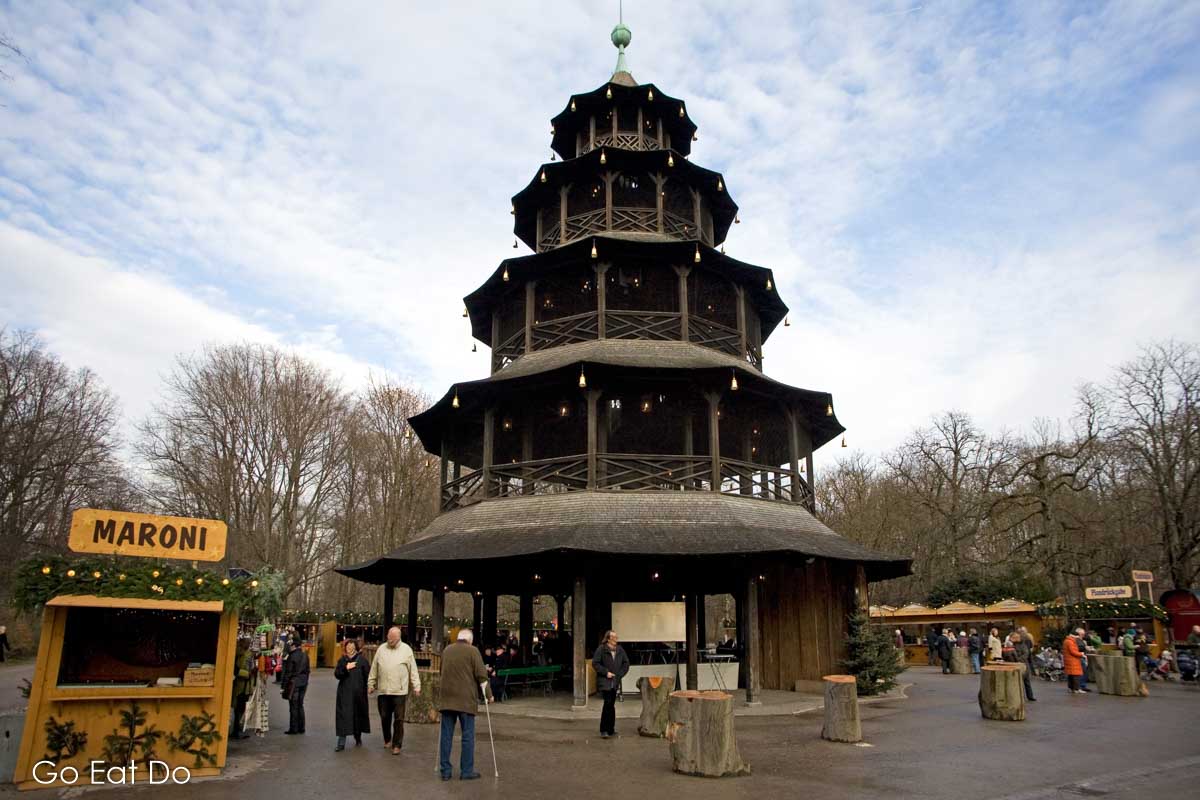
German Christmas market food
I still haven’t moved 50 metres forward since deciding to explore and I could do with a refreshing cup of tea. The stall in front of me serves a special form of Alpine tea, Jägertee. Sipping it, I note it’s a potent cocktail of warm, herb-infused alcoholic spirits. It’s tasty and helps put the merry into a visit to German Christmas markets.
The stalls are a well-established seasonal attraction, drawing people from around the world. Munich’s main Christkindlmarkt has been held annually since 1806. Since 1972, the year the city hosted the Olympic Games, it’s been held on Marienplatz.
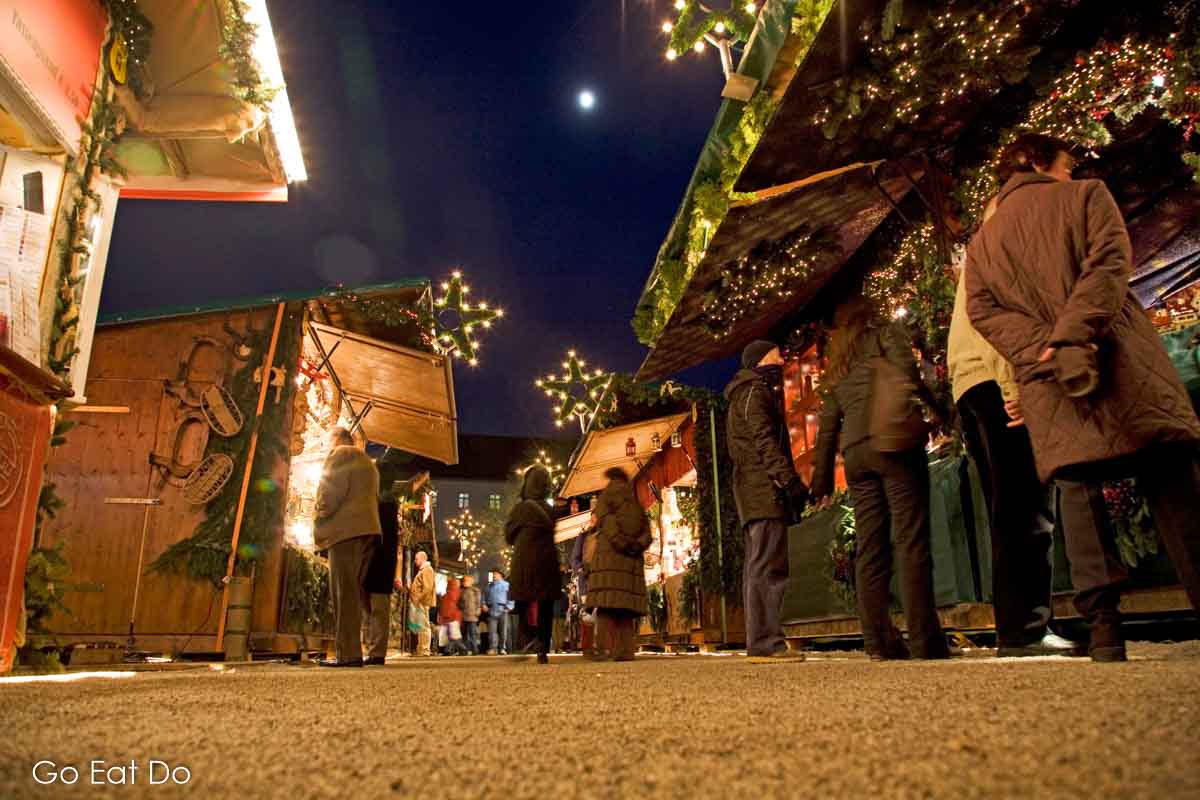
As I stand munching yet another snack I hear Italian, Spanish and Russian spoken. Since the 1970s, when Christmas market tourism began to boom, the Christkindlmaerkte have been responsible for drawing millions of winter visitors to Munich.
Almost three million people visit Munich’s advent markets. Some, like the Christkindlmarkt on Marienplatz, in front of the Neo-Gothic new town hall, are geared up for tourists. Others, such as the market at Rotkreutzplatz, have a distinctly local feel.

Marienplatz Christmas market
The stalls on Marienplatz, Munich’s biggest Advent market, resemble traditional Alpine huts. Over 100 of the wooden stalls pack onto the square.
Wandering between the stalls, looking at the seasonal decorations and hand-crafted goods – from places such as Oberammergau, South Tyrol and Iron Mountains – I try to fight the temptation to pick up presents. But a couple of ornate candles prove too attractive to resist.
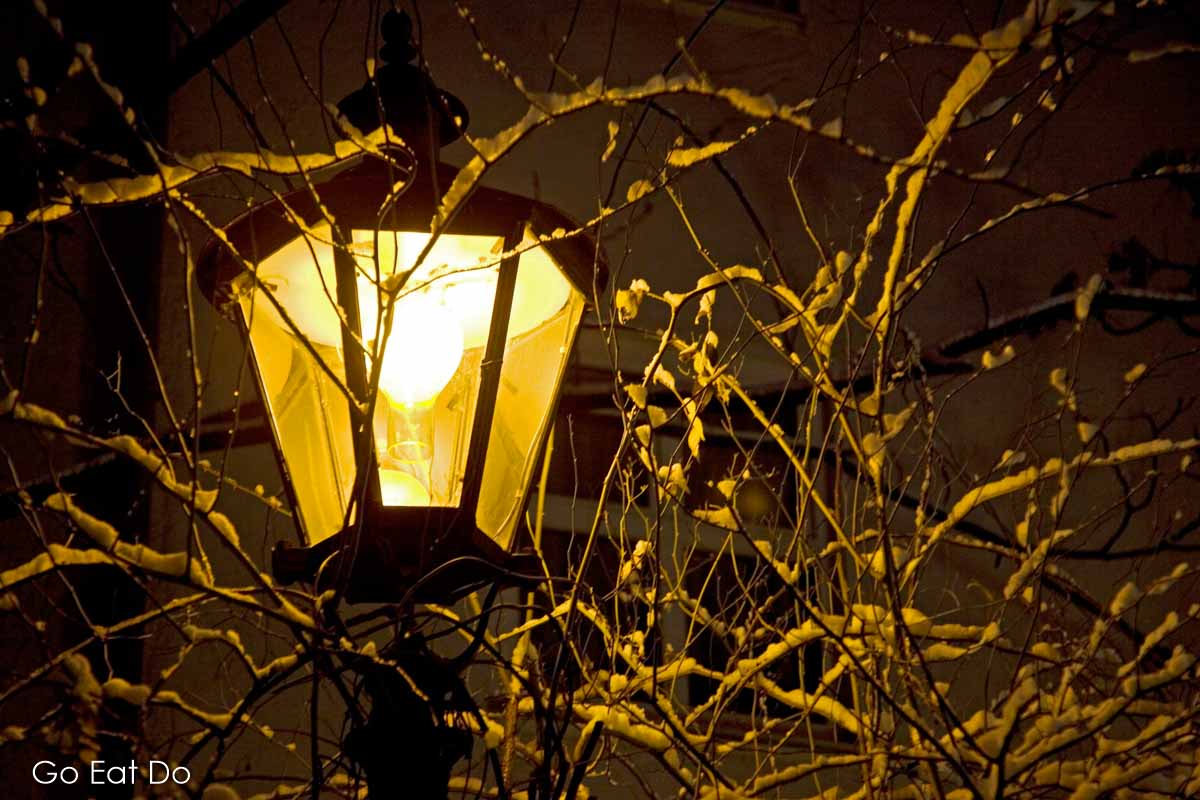
Marienplatz’s Christkindlmarkt is at its most magical as dusk turns to darkness, especially following snowfall. Each evening, choirs sing and musicians perform on the town hall’s balcony. Locals describe the blend of atmosphere and charm as altbairisch, meaning ‘traditional Bavarian’, and I’m suitably impressed.
A 30-metre (98-feet) tall fir tree dominates the centre of the square. Some 2,500 lights twinkle among its branches. This tradition can be traced back to 1830. That’s the year Therese von Sachsen-Hildburghausen, the wife of King Ludwig I, brought the first decorated Christmas tree into the royal palace.
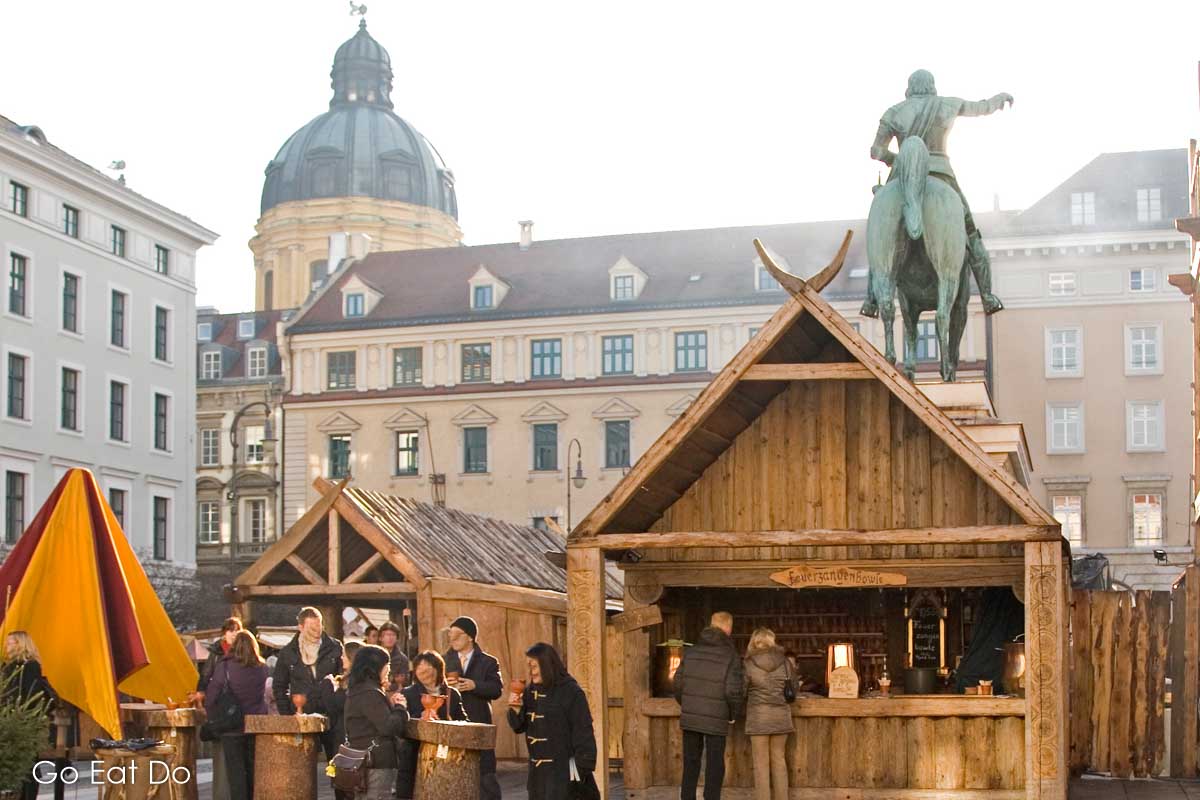
History of Munich’s Christmas markets
Over the years, Munich’s seasonal markets have undergone change.
The city annals of 1642 record that a so-called Nikolaidult, meaning ‘Nicholas Market’, was held on the centrally located Kaufinger Strasse. That is the first written record of any such market. Yet historians believe a version of it existed in the 1300s.
By the mid-16th century stalls were being set up by local traders each 5th and 6th December; the eve and Feast of St Nicholas.
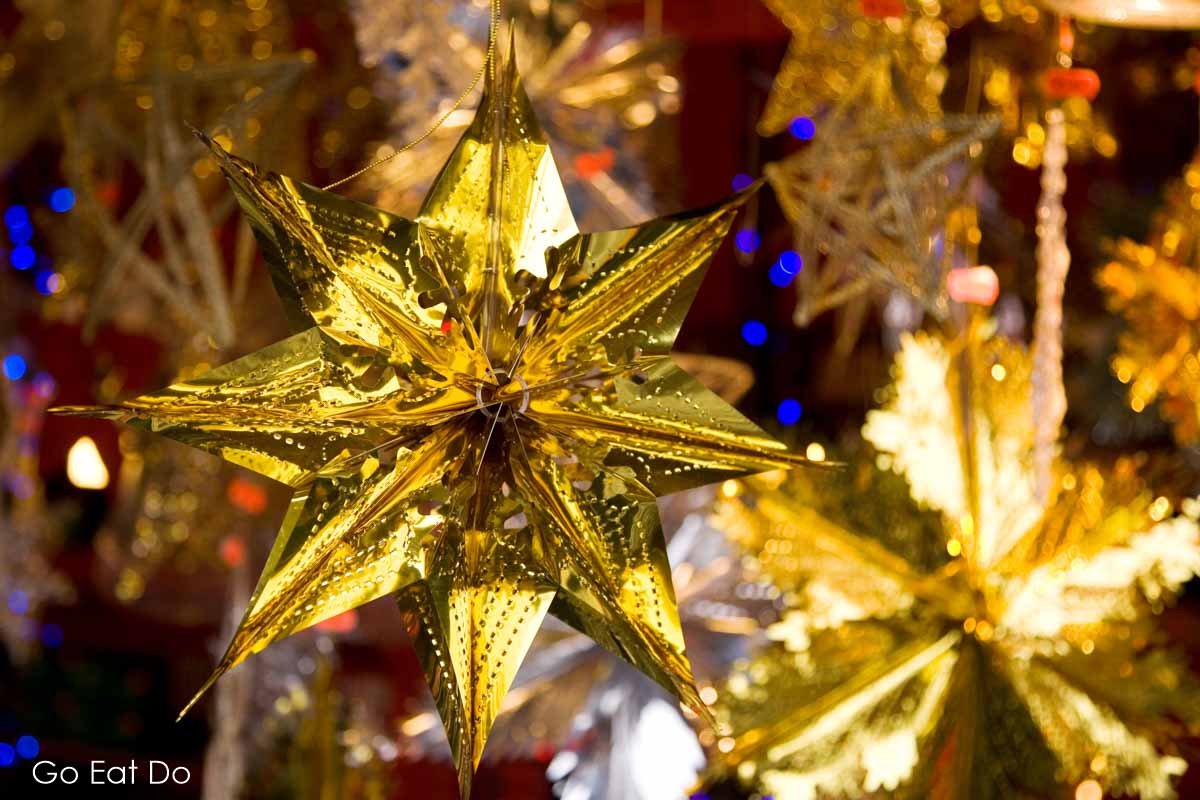
Gradually the belief that St Nicholas delivered presents gave way to the idea that the Infant Jesus did. Known as the Christkind in German, that explains how the seasonal market’s name evolved into the present form, the Christkindlmarkt.
Would they have sold Bratwürste – grilled sausages – at those medieval Advent markets? I’m off to find a stall, to try some of its produce and to ask the vendor if she knows the answer.

Christmas markets in Munich, Germany
Munich hosts more than 20 Christmas markets. Each has its own character. It can prove fun to move from one to the next, to get an overview of the Christmas markets in Munich. They are open from late November until the 23rd or 24th of December.
The markets include the Tollwood Winter Festival at the Theresienwiese, traditionally the site of the Oktoberfest. The market has an environmental focus and sells goods sourced from around the world. Food served at the market is organic.
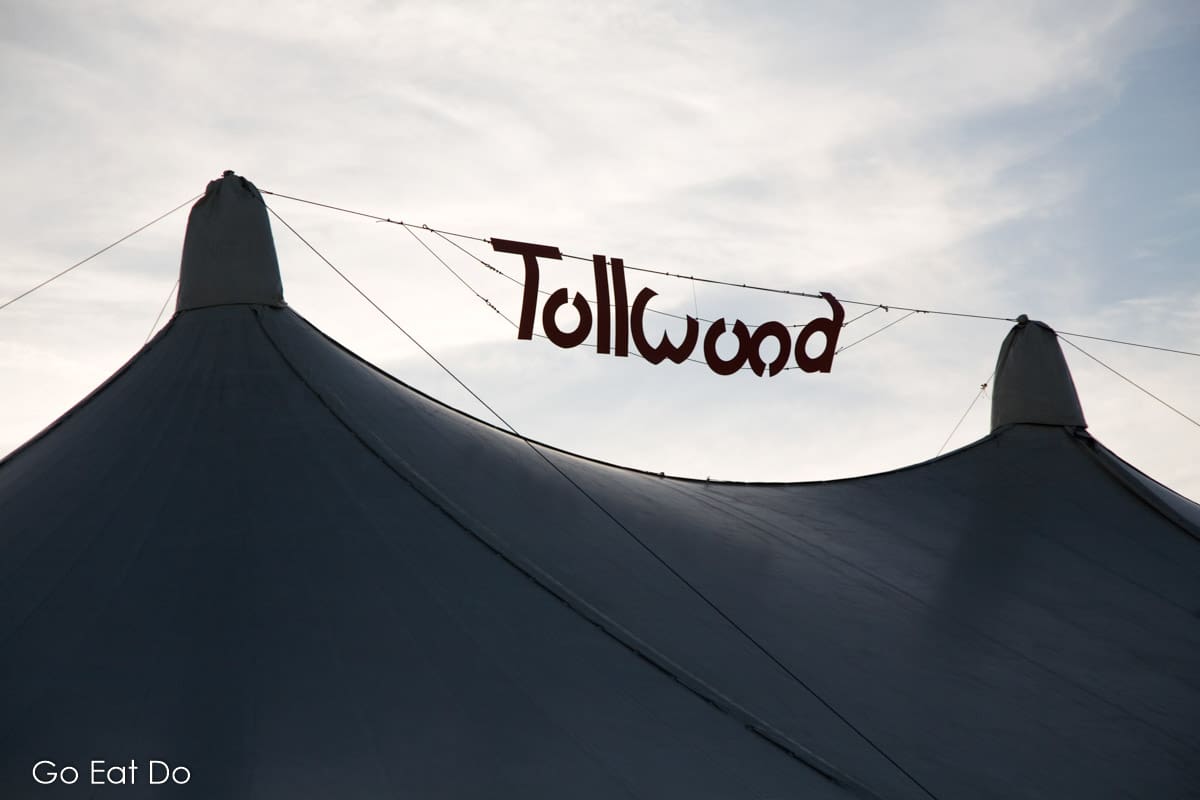
A Medieval Christmas Market is held at Wittelsbacherplatz, a square dominated by an equestrian statue of Maximilian I.

The Christkindlmarkt at Marienplatz is the best-known Munich Christmas market.
Munich Airport Christmas Market is a reason to arrive at the transport hub well before a scheduled take-off.
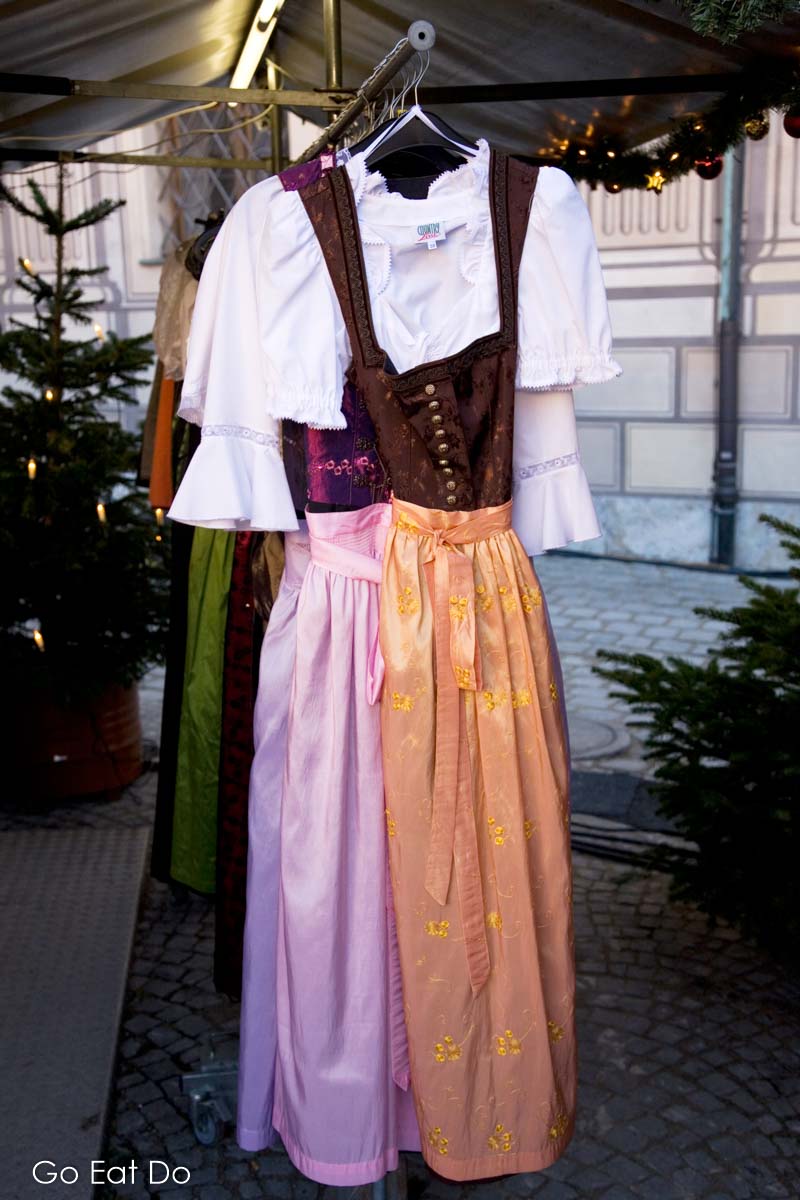
Nymphenburg Palace hosts a Christmas market in its expansive grounds and is a beautiful place to visit.
The Pink Christmas Market takes place at Stephansplatz in Munich’s Glockenbachviertel.
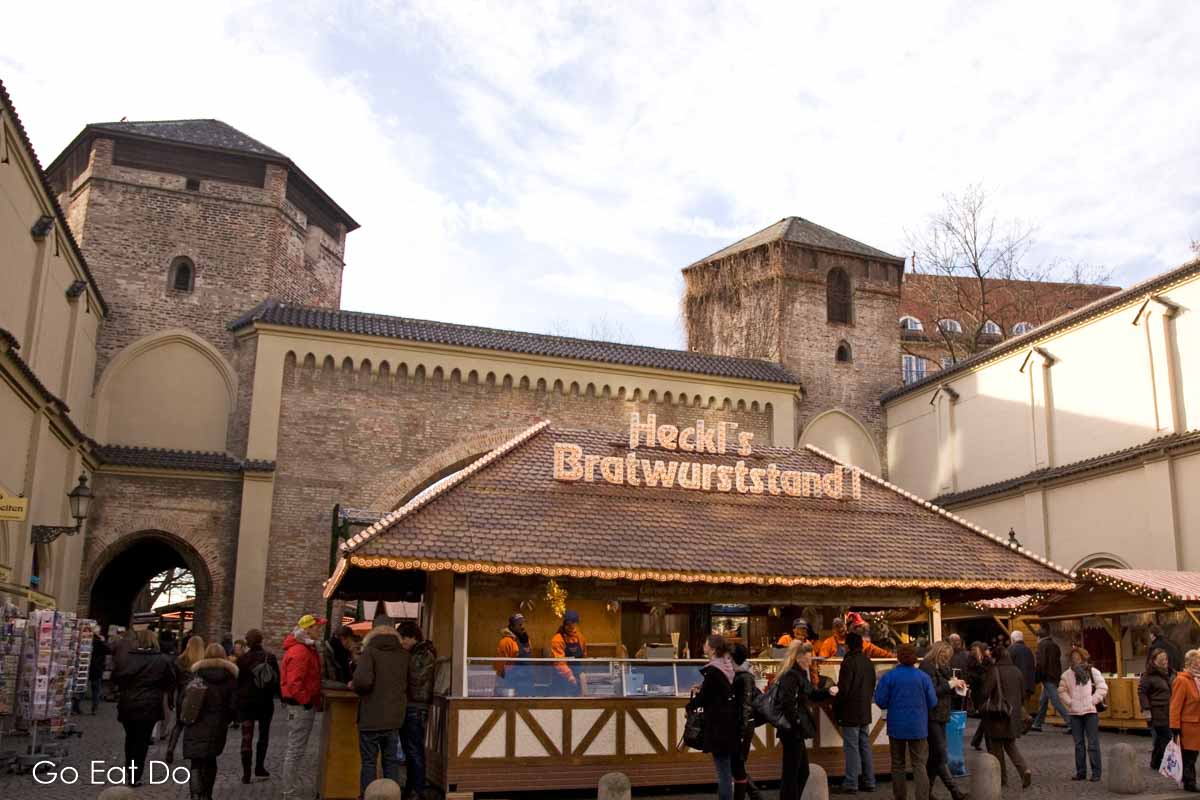
Visiting the Schwabinger Weihnachtsmarkt (Schwabing Christmas Market) at Münchner Freiheit means you’re well placed for a night out in nearby cafés and bars.
Additionally, there are markets at Rotkreuzplatz in the Neuhausen district, Weissenburgerplatz in Haidhausen and elsewhere in the city.
See the Munich website for up-to-date information on the Christmas markets and their timings.
Travel to Munich
Air France, British Airways, KLM and Lufthansa count among the airlines that operate flights between UK airports and Munich Airport in the winter.
Enjoy rail travel? The fastest rail connection between London St Pancras International and Munich Hauptbahnhof, the city’s central station, takes just over nine hours. Tickets are available via the Trainline website.
An Interrail tour opens the opportunity of visiting several of Europe’s Christmas markets during a single trip.
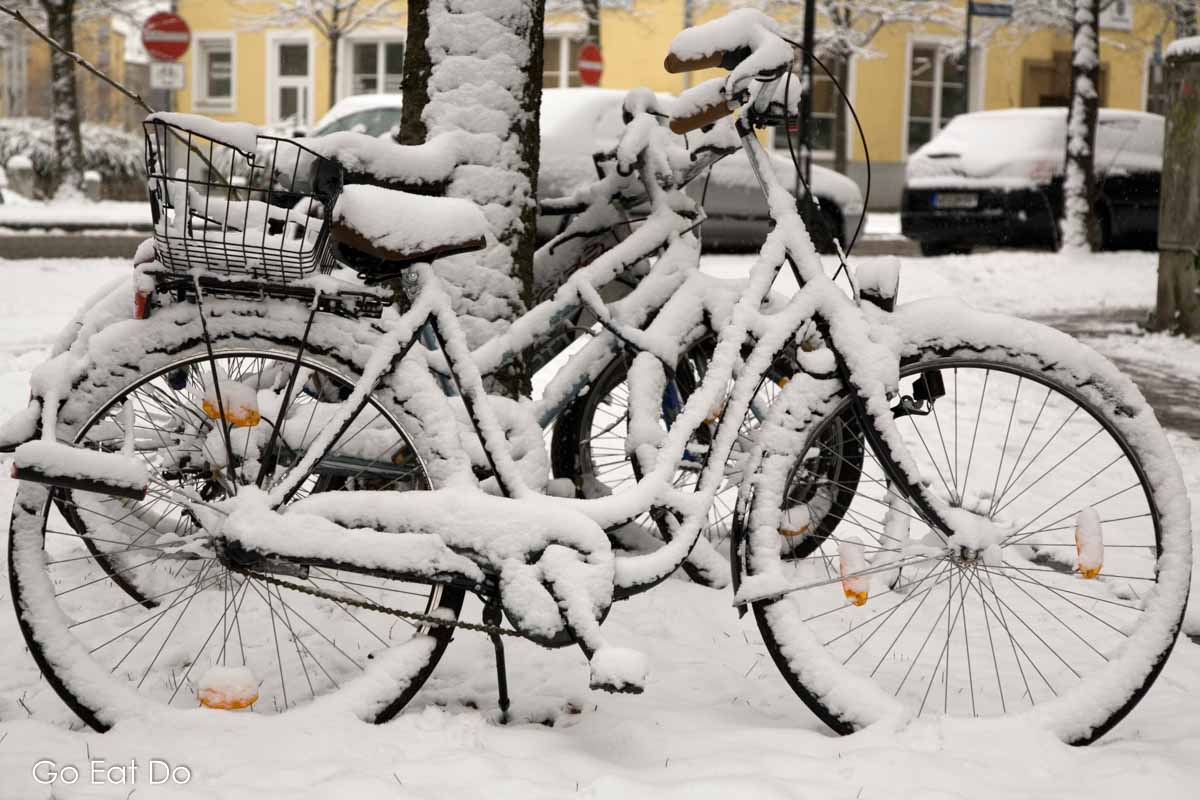
Accommodation in Munich
Search for hotels in Munich on the Booking.com website:
Booking.com
Books about Munich
Planning a trip to the Christmas markets in Munich? You may enjoy the following books:
DK Eyewitness Top 10 Munich guidebook:

Munich, a tale of espionage set during the Munich Conference of 1938, by Robert Harris:


Finding Love at the Christmas Market by Jo Thomas:

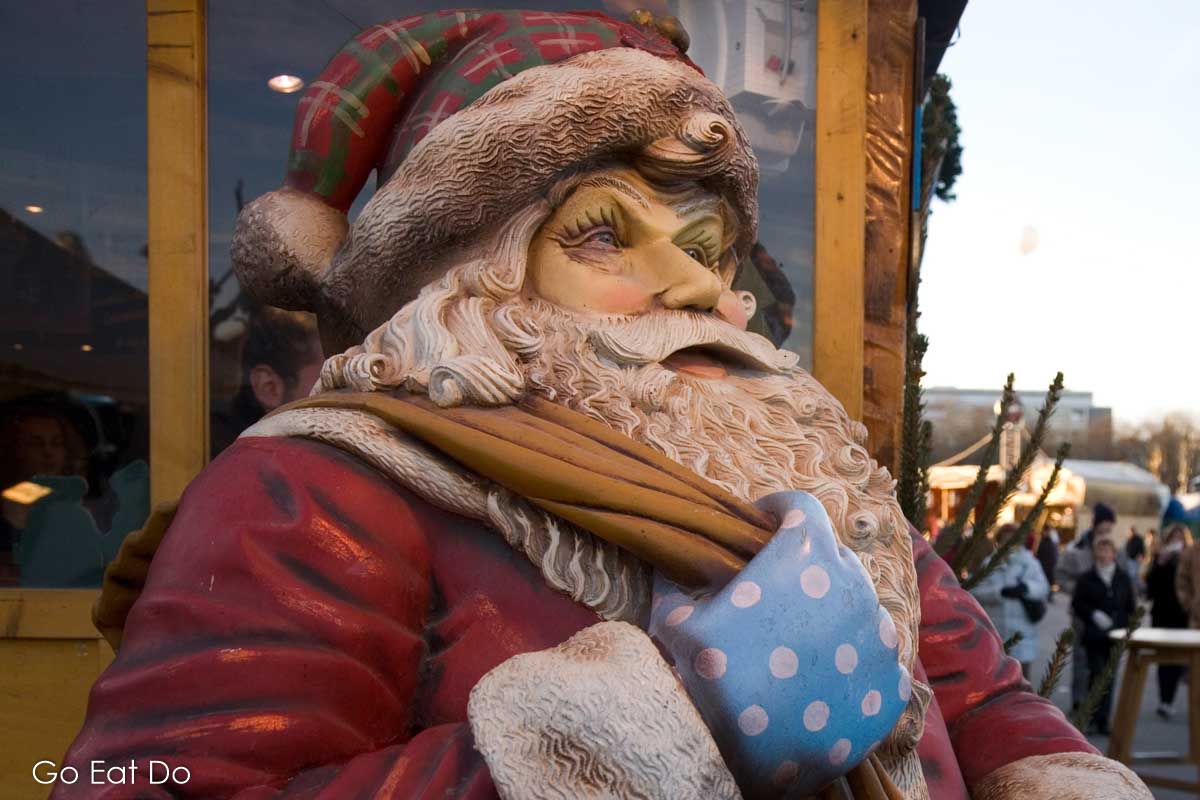
Further information
The Munich Travel website has information about things to do and see in Bavaria’s state capital.
The Bavaria and Germany websites also have information about Munich and the surrounding area.
Stuart Forster is an award-winning travel writer who speaks fluent German. His work has been published in newspapers including The Telegraph, The Independent and The Guardian.
Thank you for visiting Go Eat Do and reading this post about the Munich Christmas market and advent traditions in Bavaria’s state capital. Unsure where you want to experience Europe’s Advent markets? Please take a look at this post about Hamburg Christmas Market in Germany. If you have decided to visit Munich, you might want to experience the city’s wellness offerings. Take a look at this post about going naked at a sauna in Germany.
If you enjoyed this post why not sign up for the free Go Eat Do newsletter? It’s a hassle-free way of getting links to posts on a monthly basis.
‘Like’ the Go Eat Do Facebook page to see more photos and content.
A version of this post was originally posted on Go Eat Do on 20 November 2013.




